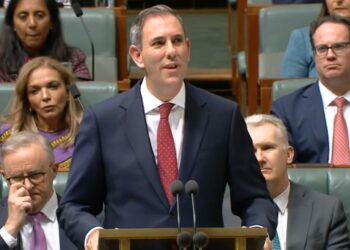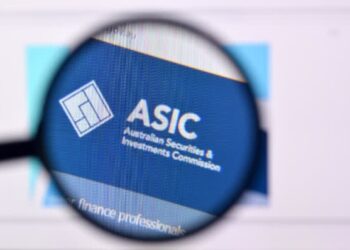Chan & Naylor director Ken Raiss told ifa a total ban on asset-based fees – which until this week the Accounting Professional and Ethical Standards Board’s (APESB) proposed in its APES 230 standards – would have had the potential to reduce the number of people seeking advice.
“People can be scared off by upfront fees; it would have put a lot of clients off,” he said.
“FOFA was good because it meant that professionals would have to legitimise their fees by advising what a client was going to get for it, but anecdotally, I saw a number of people not going to get proper advice because of the concern of having to pay for it.”
Raiss said the idea of having advice fees paid from a third party was not bad so long as the client was informed as to what services they are going to receive and how those services will be paid for, and at what price.
New proposed guidance reported on by InvestorDaily yesterday would allow asset-based fees, provided advisers meet certain conditions.
Raiss described this compromise as a “win-win” situation.
“It creates a better environment for the investor because they get a wider range of options, a wider range of suppliers, and again under FOFA the adviser must do what is in the client’s bets interests, which is always central to advice,” he said.
“The client wins, the adviser can earn an income and they do it knowing they’ll do what is in the best interests of the clients and have a reasonably broad view of what products were available and which services are in the client’s best interests and why.”




In all honesty CAF, I’m all for the banks capturing the low end of the market. The potential risk they pose to a book is far too great compared to the reward.
However, once these clients reach a certain dollar value, they will realise that the banks cannot offer the level of sophisticated advice needed due to compliance restrictions and brand protection and that’s when they will seek the advice of the independent adviser. I have never found it difficult to prise a client from an institutions grip in the past and in light of all the changes, I don’t see them as a threat in the future.
Lets not forget that we are running a business and whilst growth is vital to its future, we still need to be in positive cash flow to get there.
Andrew – yes good points. I guess where is the long term ‘book building’ of the client base?
All clients have to start somewhere and if we allow the banks and the low cost on-line limited advisers to capture this market, then as the client’s funds grow most clients will tend to stick with them, and it may be most challenging to extract these clients from their claws.
Unless independent advisers and small groups are willing to work at the low end of town to nurture clients, then how can they expect to grow their future client base?
The rush to get the HNW clients is a race to the bottom as there are far too many advisers chasing far too few clients at the end of town. Thus the client acquisition costs go up in an every increasing cycle, and may complain about not being able to make a decent living.
What percentage have more than $500k available in their super fund, or outside of their home / car assets?
I agree with CAF, materially the cost of advice doesn’t change whether its $2m or $4m however what needs to be done is find out what the critical mass is for want of a better term. In other words, what is the minimum fixed fee you can charge for the work involved while meeting the client expectations and keeping the lights on at the office.
The sad news is that anyone who has less than $500k will be turned away which is a real risk to a business because how do you build on the next generation.
Due to the exorbitant costs involved to be non dealer group aligned, we have to select our clients because we run the risk of insolvency if left to deal with clients that don’t meet our minimum fixed fee requirements. The client acquisition at all costs model does not work in the world of FOFA and lets face it, if the work involved is the same for a $40K client as a $500K client, who would you rather have?
Agree with you CAF. If you can’t put a dollar value on your advice, why not? A dollar fee doesn’t mean it is an upfront fee. Most platforms allow a dollar fee to be taken from a clients account each year or even installments.
asset-based remuneration – help me out with this.
How does the cost of advice materially change for a client with assets of $2m, or $4m. How does one justify a significant increase in costs?
At the other end of the scale, how does one make a living out of a client with only $40k in their Super, if reliant on an asset based fees?
Do we drive a situation whereby the low value clients pay a fixed fee, but the HNW clients pay based on assets?
Would that be wanting cake and eating it?
OK, I’m being devils advocate, but there is so much to consider once we get into the weeds.